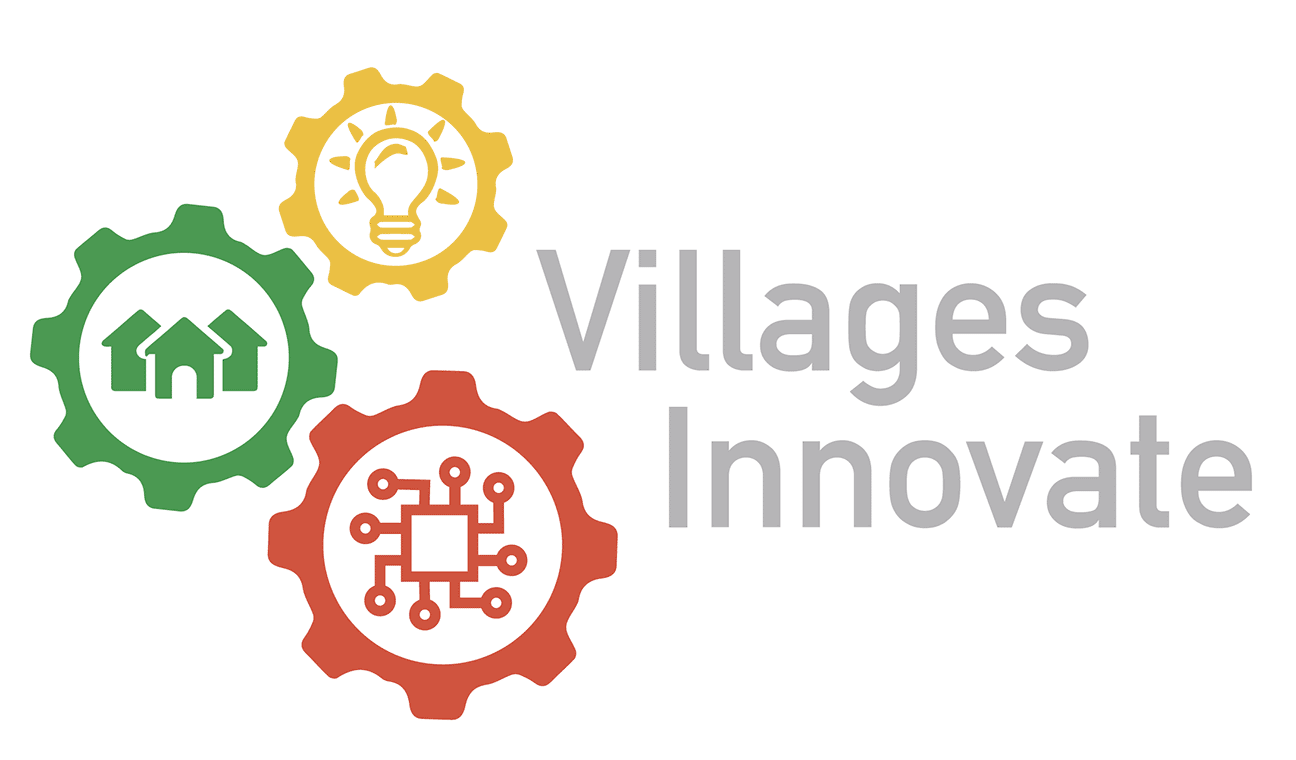Re-image That!
Look at what is coming at you. What do you think you see? Squint your eyes, look at it cross-eyed if you have to! Don’t just assume that you know!
I learned an important process for promoting change from a Zimbabwean villager who said, ‘To make this corn-shucking machine I first had to re-image the whole process of shucking corn.” The machine was brilliantly designed and put together from miscellaneous bits and pieces of found materials, rather than precisely manufactured and expensive parts.Anyone who has shucked corn knows that it is a “thumb-numbing” process! To be able to set the corncob in his machine and turn a geared wheel improved the workflow of everyone in that homestead, providing more time to focus on other things. The homestead’s priority became getting materials to draw new designs…yes, we provided more pencils and paper so that they could record their new images for innovations.
The verb “re-image” has replaced my previous use of “reimagine.” and has been a great descriptor of a process I use to inspire redirection from outdated or flawed paradigms. For example, seeing the picture of the children running up the road after longs walks to get to school might be a trigger for me as a teacher to just get ready to “deliver” education. Even if I try to “reimagine” why they are coming, my own subconscious preconception of coming to school can cloud a new alternative.
However, if I re-image that scene, I can easily change my viewpoint to “Each of these young ones is running towards me to be offered the opportunity to discover something.” That new image (not my imagination) demands a change in how I, as a teacher, interact with the students to provide that opportunity. The re-image is not tied to a stale paradigm of school, and helps create a new ecosystem of learning.
When you re-image something, how do you get others to work in that new environment? Please do comment. It will help us all!
